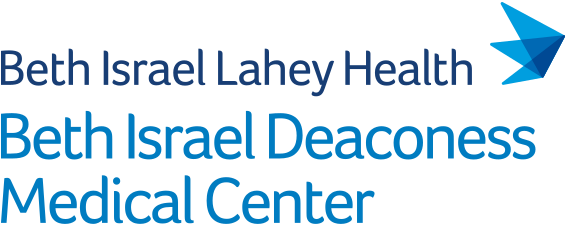BACKGROUND: Sleep is essential to maintaining health and wellbeing of individuals, influencing a variety of outcomes from mental health to cardiometabolic disease. This study aims to assess the relationships between various sleep-related phenotypes and blood metabolites.
METHODS: Utilising data from the Hispanic Community Health Study/Study of Latinos, we performed association analyses between 40 sleep-related phenotypes, grouped in several domains (sleep disordered breathing (SDB), sleep duration, sleep timing, self-reported insomnia symptoms, excessive daytime sleepiness (EDS), and heart rate during sleep), and 768 metabolites measured via untargeted metabolomics profiling. Network analysis was employed to visualise and interpret the associations between sleep phenotypes and metabolites.
FINDINGS: The patterns of statistically significant associations between sleep phenotypes and metabolites differed by superpathways, and highlighted subpathways of interest for future studies. For example, primary bile acid metabolism showed the highest cumulative percentage of statistically significant associations across all sleep phenotype domains except for SDB and EDS phenotypes. Several metabolites were associated with multiple sleep phenotypes, from a few domains. Glycochenodeoxycholate, vanillyl mandelate (VMA) and 1-stearoyl-2-oleoyl-GPE (18:0/18:1) were associated with the highest number of sleep phenotypes, while pregnenolone sulfate was associated with all sleep phenotype domains except for sleep duration. N-lactoyl amino acids such as N-lactoyl phenylalanine (lac-Phe), were associated with sleep duration, SDB, sleep timing and heart rate during sleep.
INTERPRETATION: This atlas of sleep-metabolite associations will facilitate hypothesis generation and further study of the metabolic underpinnings of sleep health.
FUNDING: R01HL161012, R35HL135818, R01AG80598.
